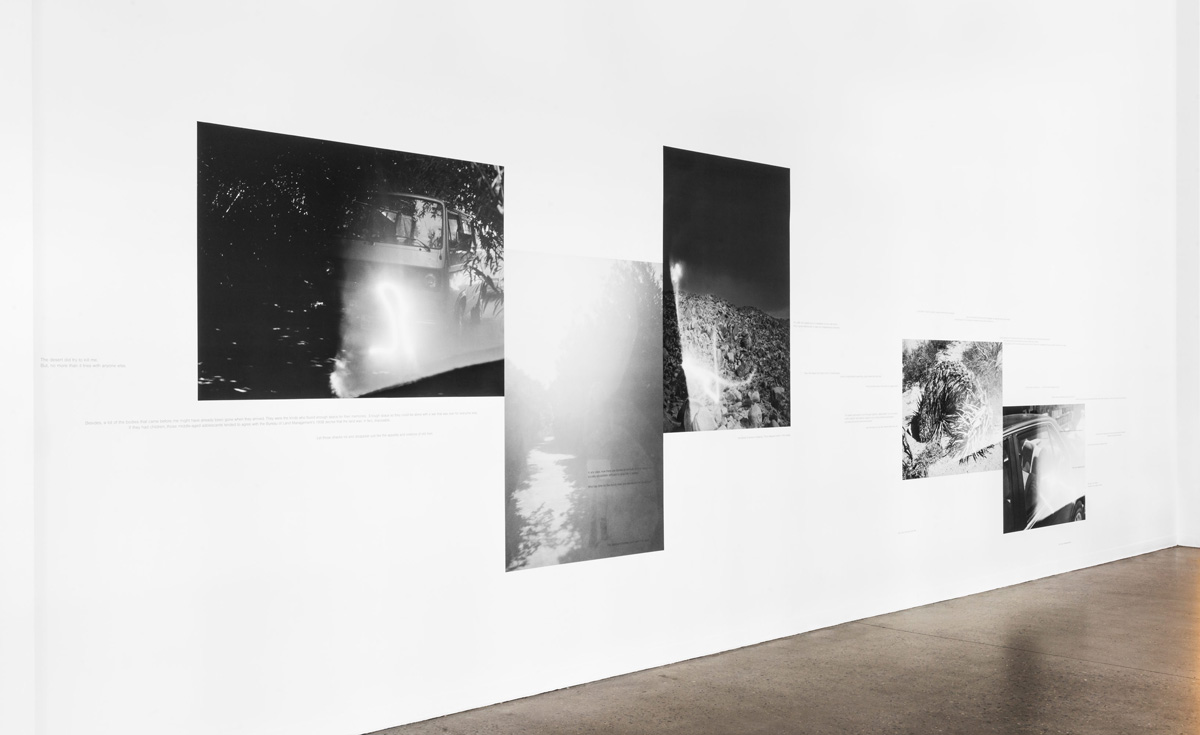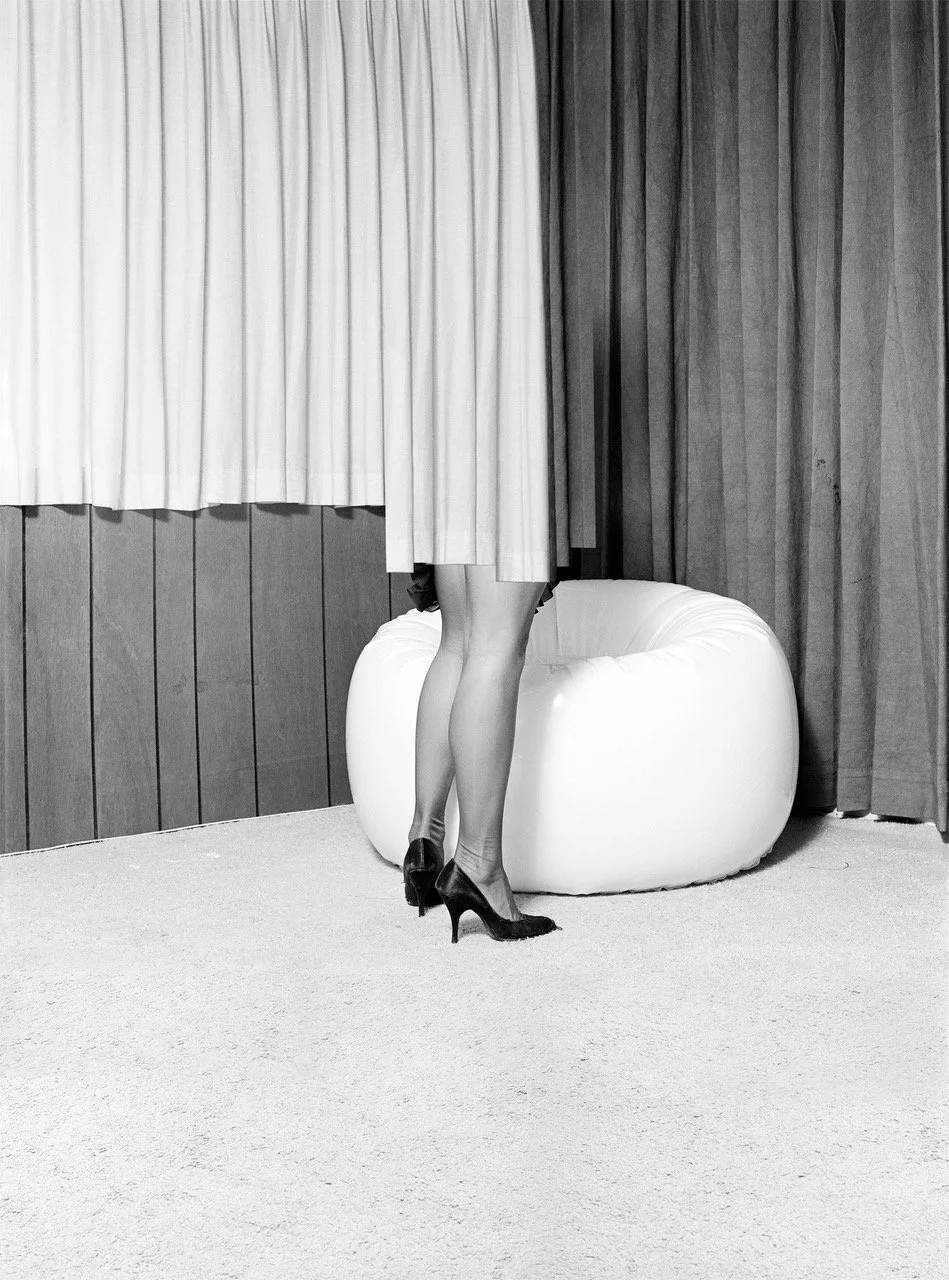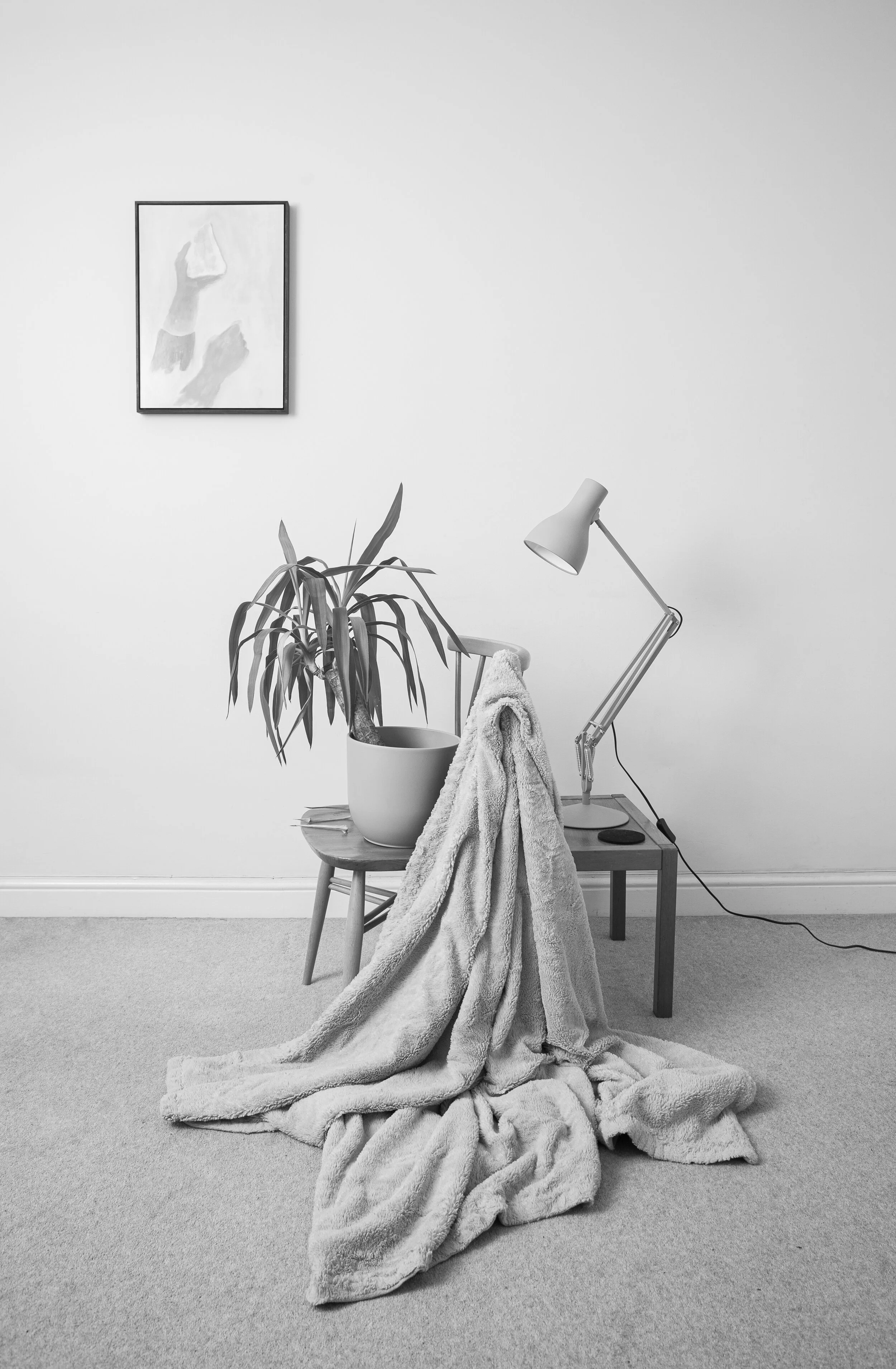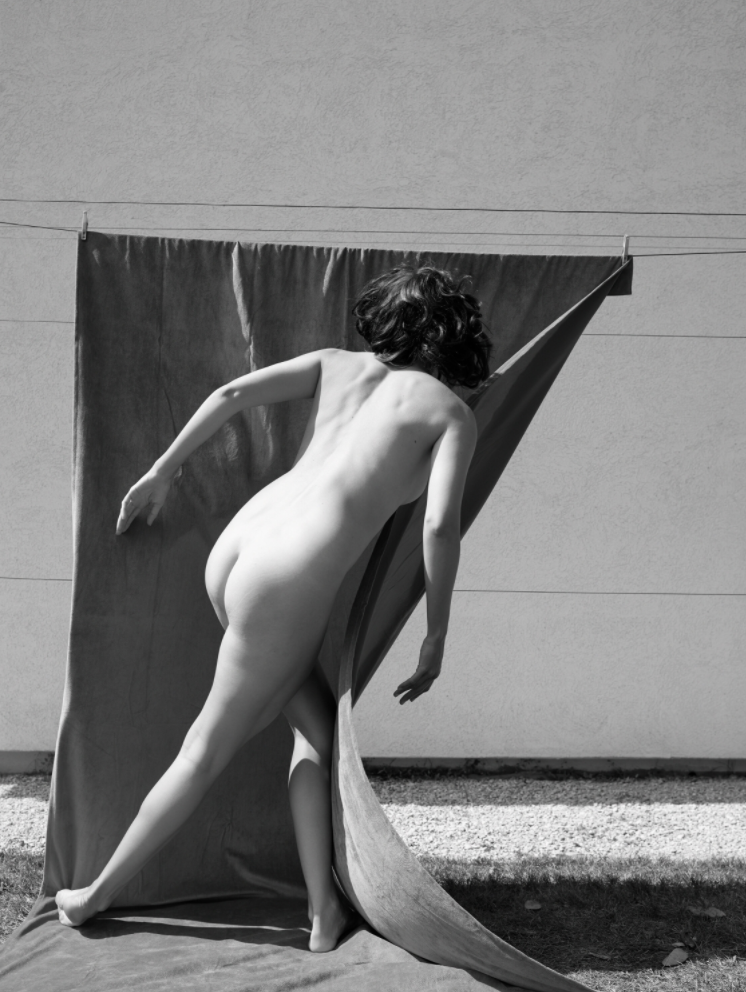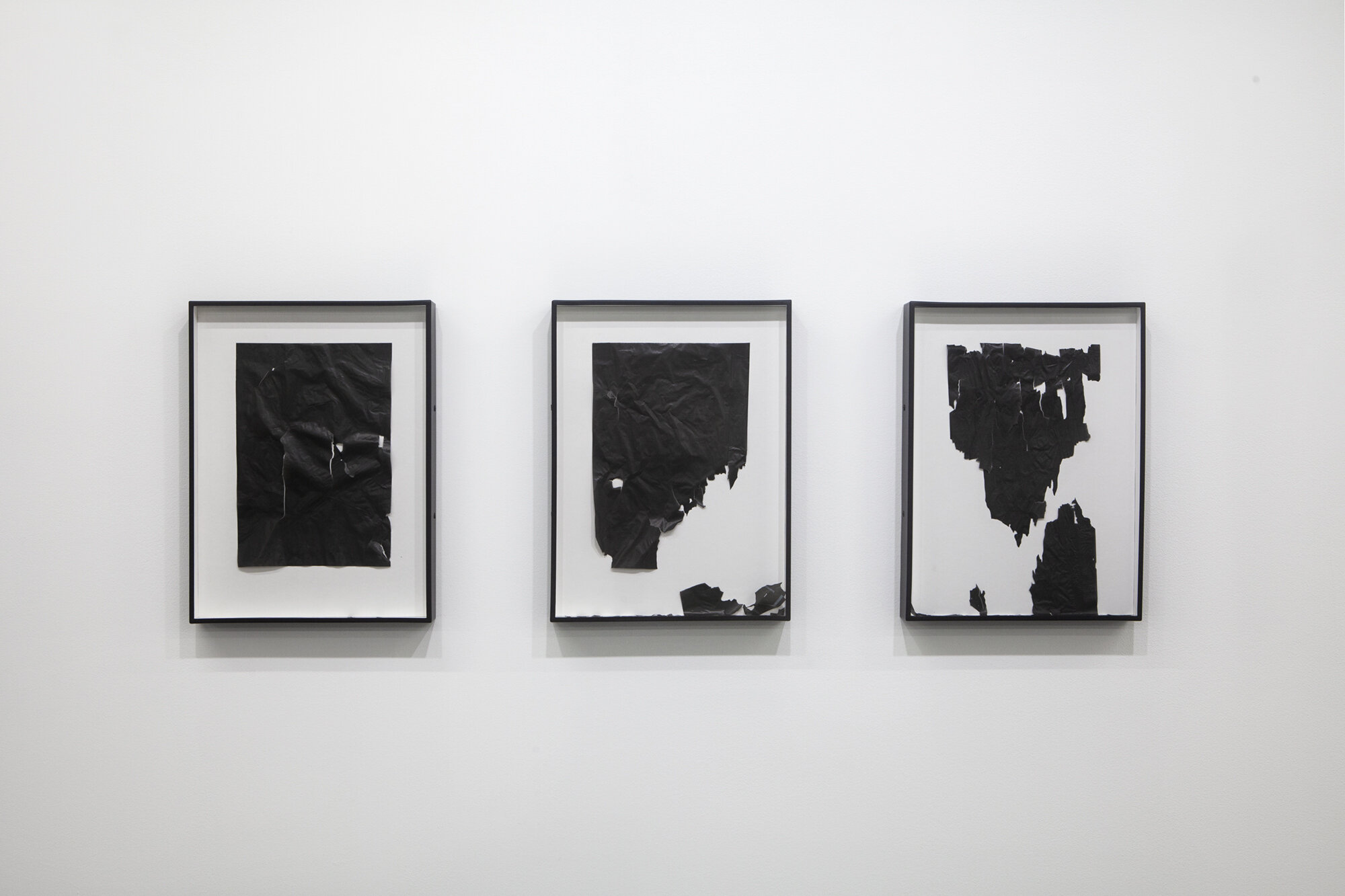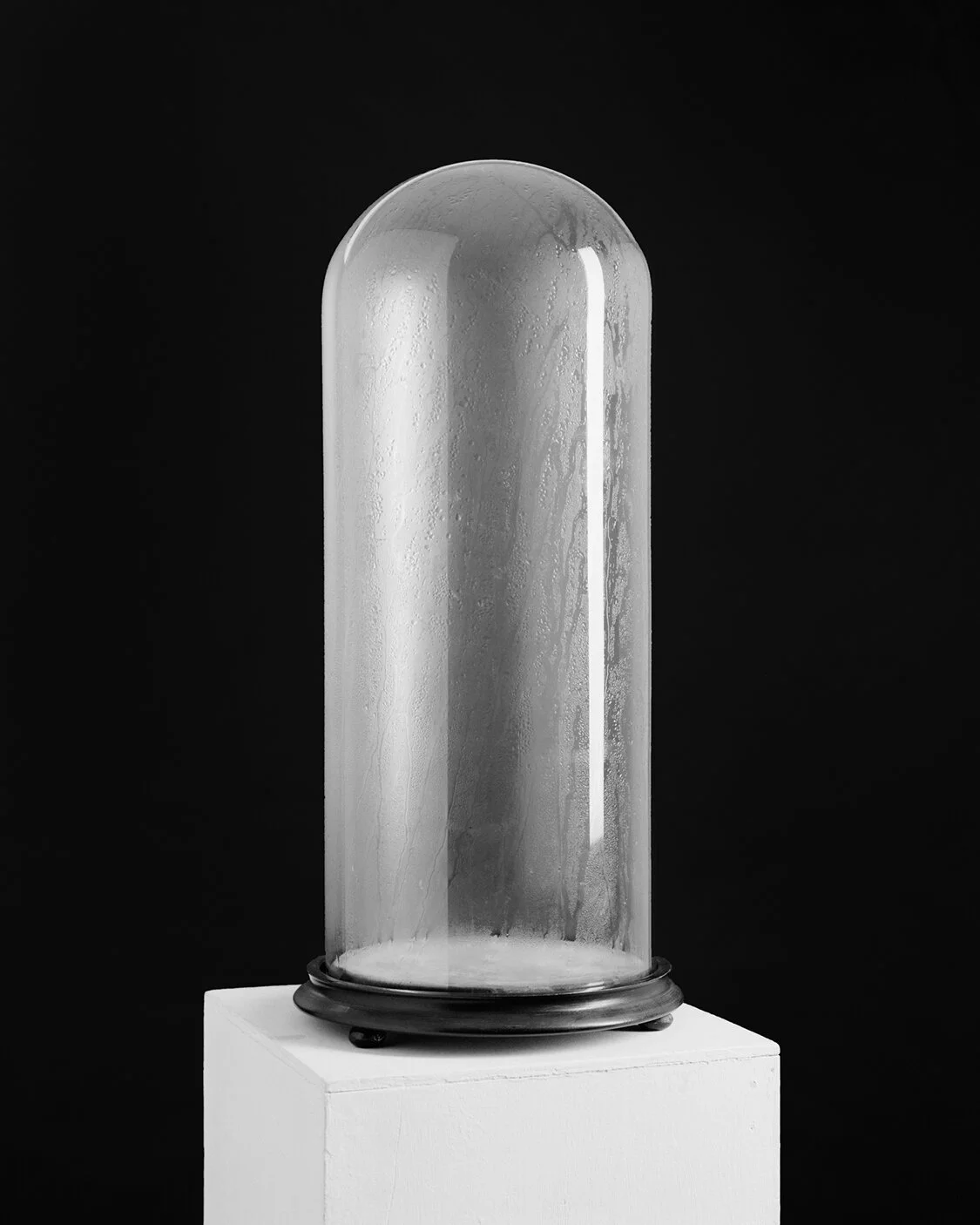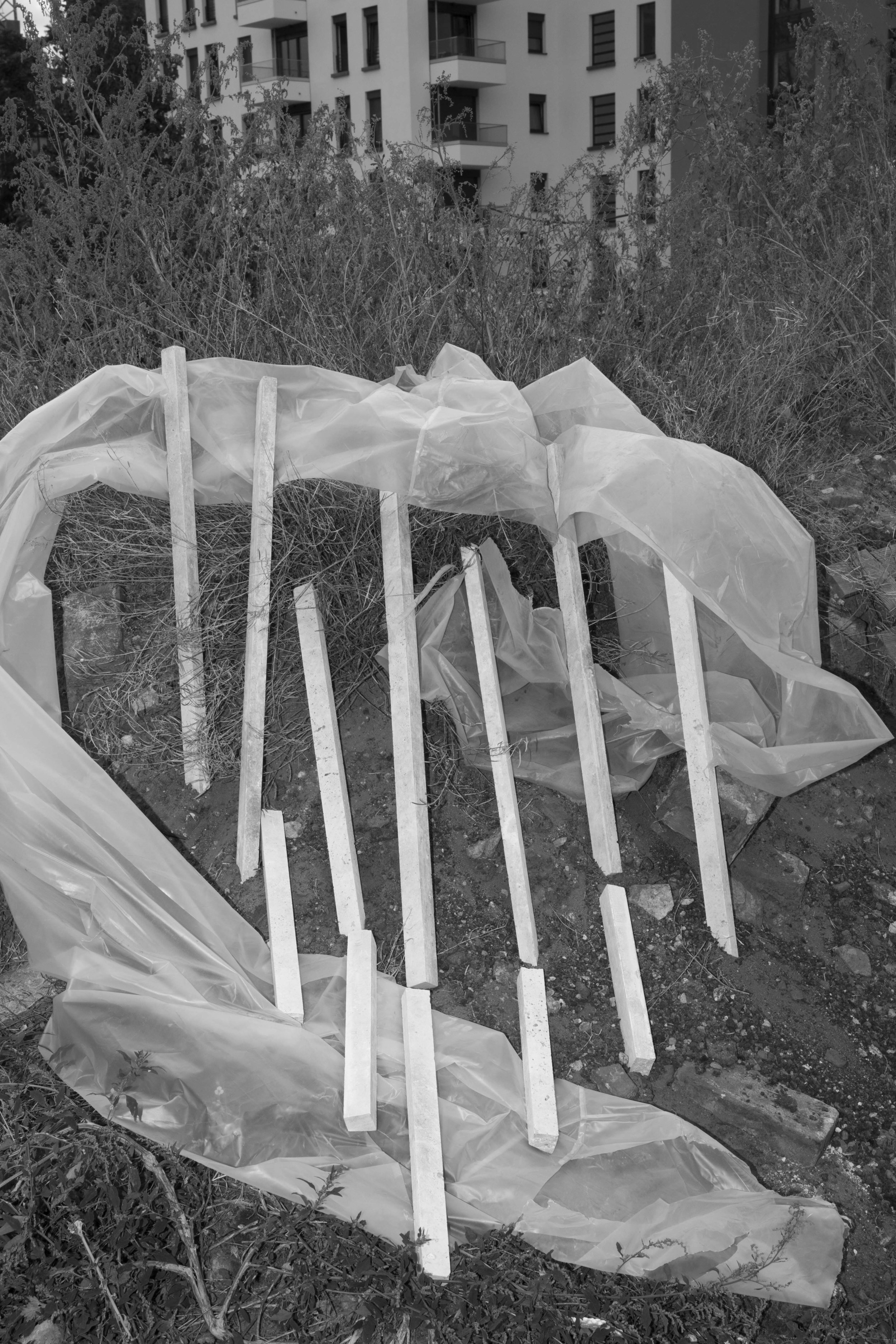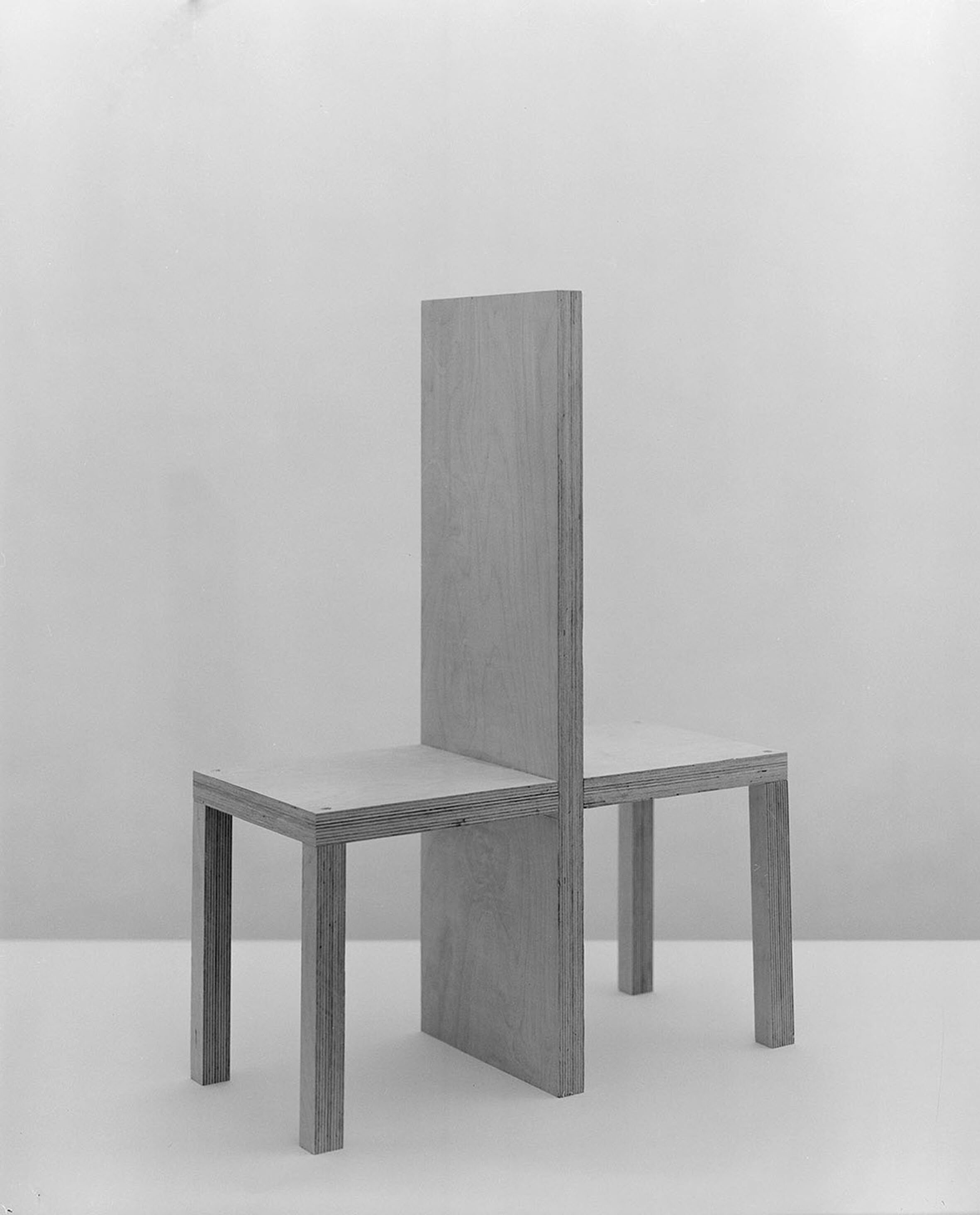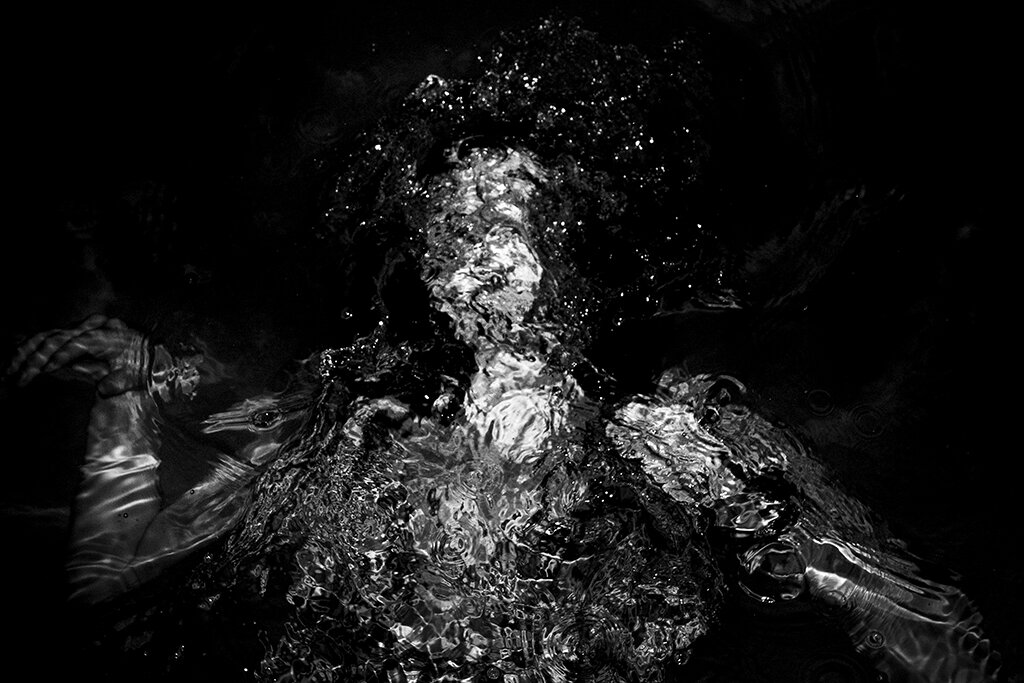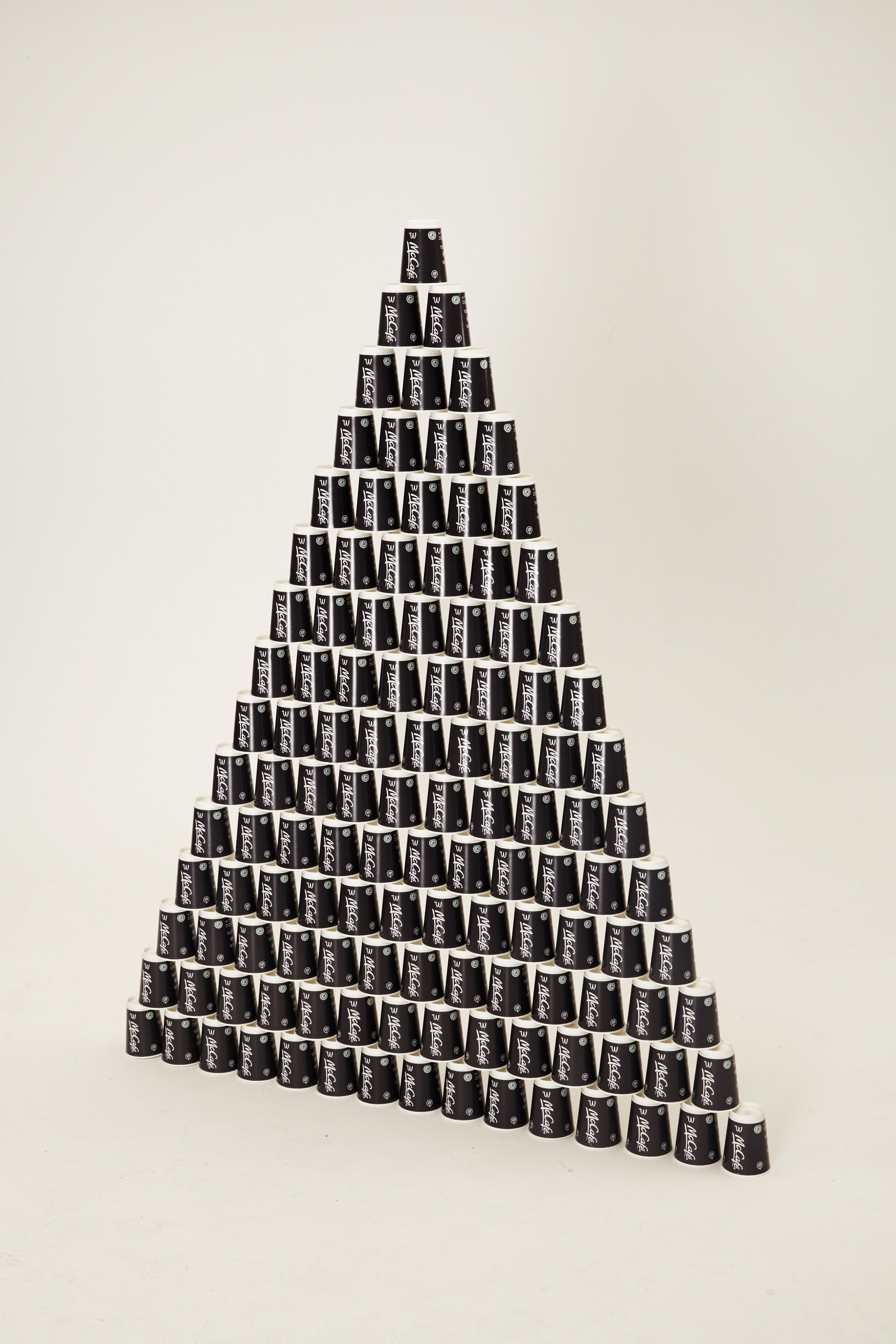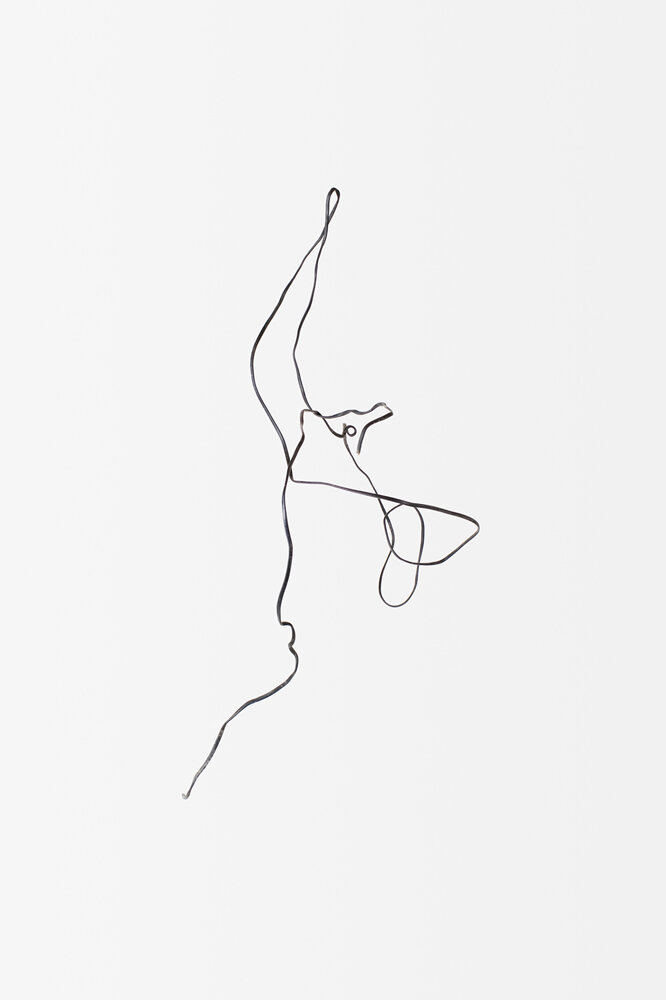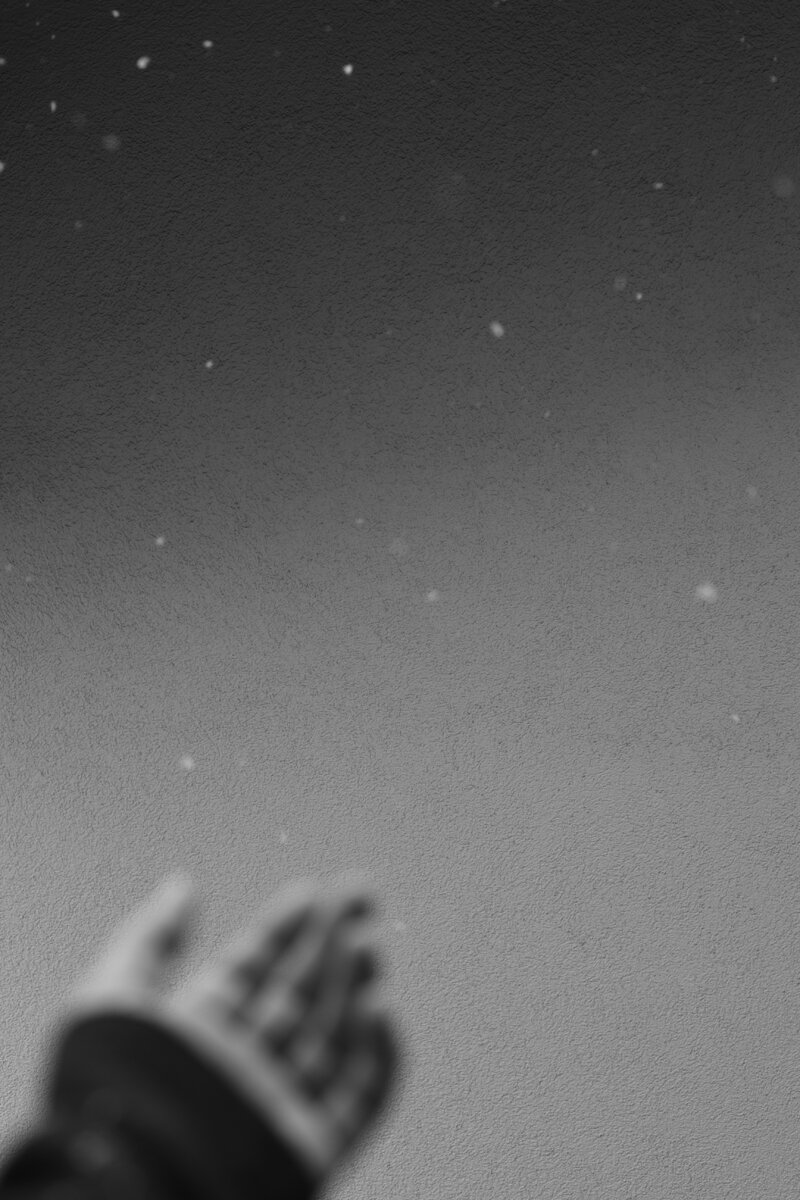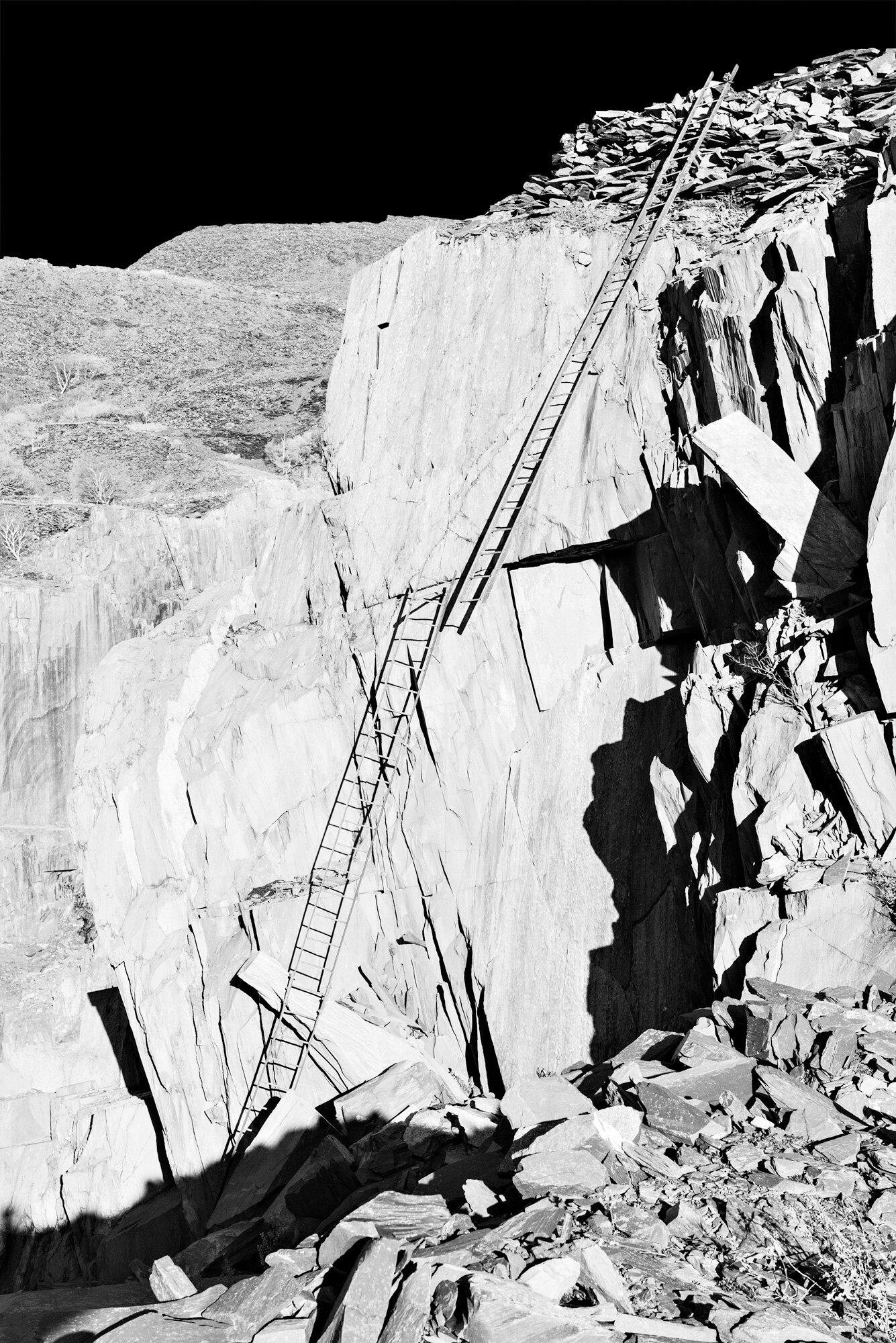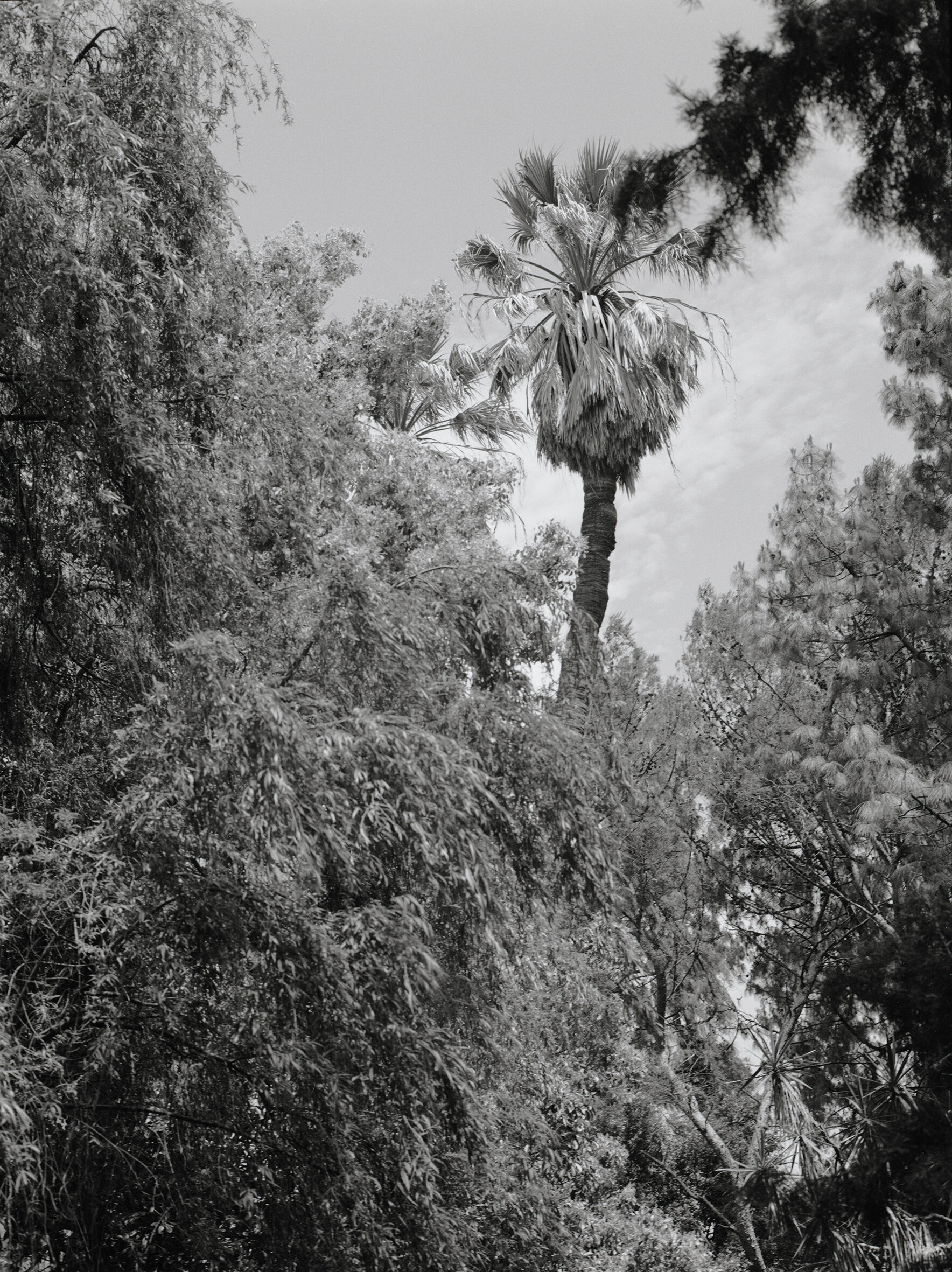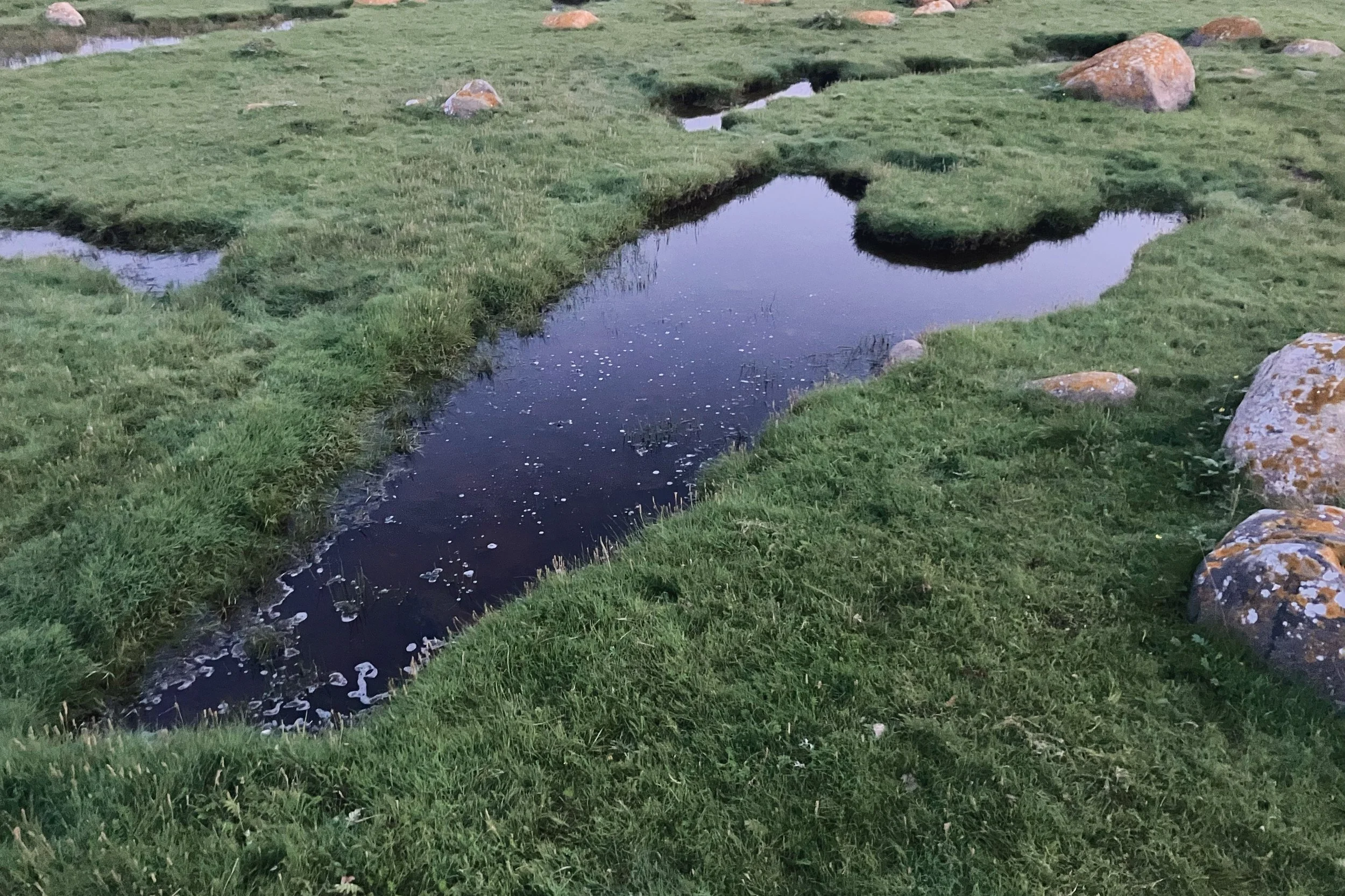Nat Ward #37
COLLECTIVE 37
NAT WARD
Collective focus on the artistic process of one emerging artist; we learn about their sculptural practice and how it relates to construction, deconstruction, or both. Questions by Joanna Cresswell.
Tell us about your process. What reference or influence (if any) do you take from other mediums? I make installations of photographs and text that are meant to function somewhat like a deconstructed cinematic experience. I put bodies and minds in motion rather than the pictures themselves. When I’m putting these works together, I think a lot about architectural circulation, how visual scale impacts movement through a space, the subtly instructive, even choreographic, quality of text that proceeds from left to right, and a kind of rhythm, both the cadence and phrasing of words and the rhythm afforded through purely graphic or associative combinations of formal photographic elements.
I draw upon a hodgepodge of influences like an early professional training in classical music, family history, my admiration for simply written realist fiction, the use of allegorical narrative in American popular music, the specific geo-political and social histories of certain landscapes, and the stories I hear from people who live in the places I photograph.
Even accounting for all the sculptural, musical, and architectural thought that goes into staging and constructing installations, the pieces always begin with photographs I’ve made of the world as I find it. The texts are, very much, a response to those photographs. I like the idea of augmenting, taking advantage of, and complicating a more traditional, documentary-style, photographic framework.
Are these pictures concerned with exploring formal and aesthetical interests – studies of form, colour, movement, how things work together, or are they representational, metaphorical? I don’t think I can separate the two. Kind of like a peanut butter and jelly sandwich, one ingredient or the other between bread would be far to dry or way too sweet on their own. The exploration is about finding combinations of formal, representational, and allegorical aspects that, when collaged together, allow for an experience of new psychological, emotional, and physical spaces. Every formal decision and aesthetic consideration works openly to hold those spaces together and provide an additional point of entry into the work.
Are you a photographer or an artist using photography? I am a photographer using words.
Does your work reflect on the medium of photography or the photographic image? If so, is that intentional? Yes. Toward my broader effort of producing narrative experiences, I try to subvert and play with people's expectations and perceptions of photographic fact. That said, I also feel like any photographic practice that seeks out its own visual syntax inevitably makes explicit questions about the performance of mechanisms, deployments, techniques, artefacts, and uses of medium and image.
Typically, are your works more about construction or deconstruction? Can’t I have it both ways? I see one form being entirely dependent on the other and vice versa. I find great pleasure in the photographic practice of treating the world as a repository of readymades available for extraction, presentation, recombination, and the critical analysis of deconstruction. On the other hand, there is often such an overwhelming and excessive amount of information constructed within a single image. To go further, to layer even more information on top of the image, and to place images in sequence, at a specific size, on a particular material, in physical space is inevitably a kind of maximalist effort towards construction. Still, the final construction of sculptural, physical, form in the work relies on, and is even motivated by, the very specific found forms and contexts represented in the photographs.
Are you interested in the notion of your pictures as objects? Do you think about how their physicality may endure as you are photographing them or is that an afterthought? It is totally an afterthought. I’m not even positive which photographs will become objects until long after I press the shutter. Time has to go by. I have to forget what I was thinking when I decided to make an image since those thoughts are generally misconceived. Beyond that, I’m more interested in the idea of my pictures as experiences or, at least, invitations into a different kind of physical and mental space. In a way, it’s about the production of space rather than the production of objects in space. I’ve often found physical objecthood in photography to be yet another mediating factor upon which to stumble before entering into the world of the photograph. Sometimes that’s a problem and sometimes it’s not. I’m not satisfied with the aesthetics of images projected onto a wall. There is something quite passive about that experience. There are times when frame and glass are a productive amplifier. And, there are times when, if I could, I would just print right on the damn wall.
Often sculptural photographic works are concerned with elevating banal objects, situations or events to a status of ‘art’ – when does something become art for you? When it makes me want to cry, to run away, or to hold onto a piece of it. When it’s something that, having experienced it, I couldn’t let go of. When it gets in and you can’t get it out.
From top:
A Nationless Place (detail #2), 2017
Say Grace, 2013
A Nationless Place, 2017
The Champ, 2013
To Turn the Mountains to Glass, 2017
Warp and Weft, 2014
A Nationless Place (detail #3), 2017
Published 20 February 2018



